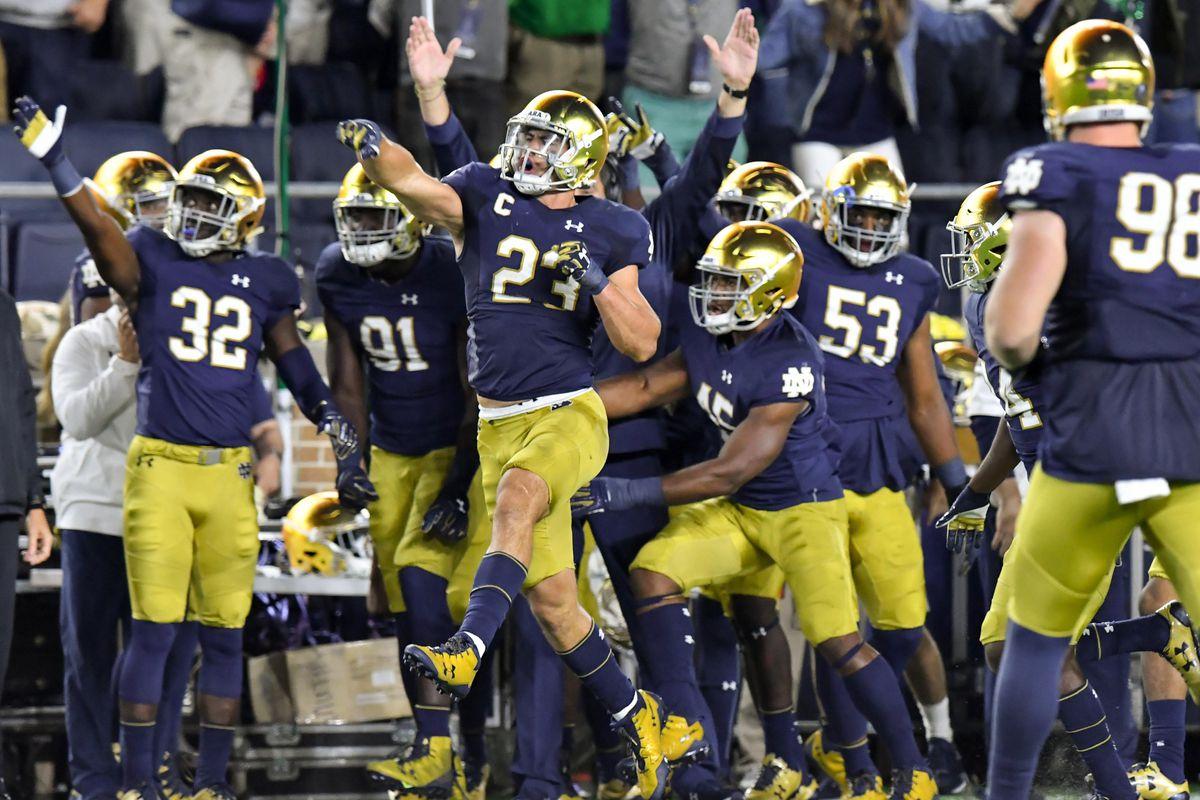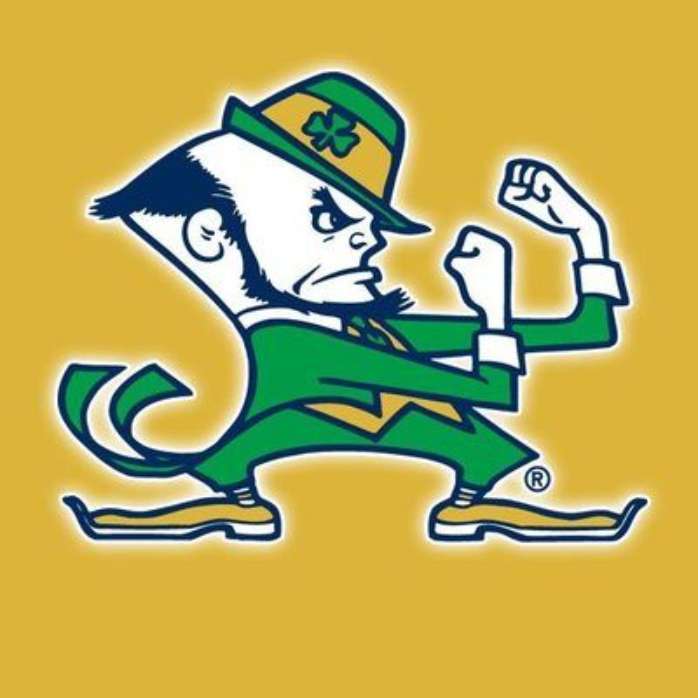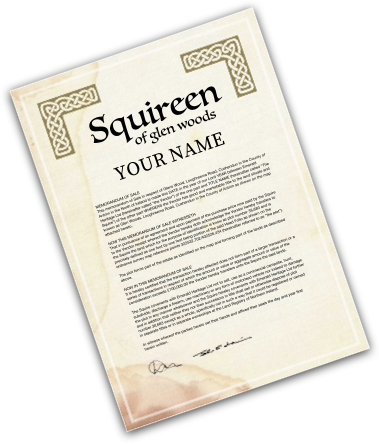Despite “The Fighting Irish” being one of the most recognized names in American sport, and further afield, debate still exists around its origins and beginnings.
Numerous stories have crept into public thinking over the decades and it’s most likely a combination of everything, as well as a few unknowns.
Many think the name derives from the Irish immigrant soldiers’ brigade who fought on the Union side, during the Civil War. This band of brothers were known affectionately as “The Fighting Irish” and the connection to Notre Dame was strong as the brigade’s chaplain, Father William Corby, later went on to become the 3rd President of the college!
The name is also rumoured to be the result of the University turning around a half-time loss, against Michigan, in a 1909 game, and thus being dubbed “The Fighting Irish” by a watching journalist.
Another theory behind the name includes the first President of Ireland, Eamon de Valera.
On the run after the 1916 Easter Rising in Ireland, de Valera visited the United States in 1919 and specifically visited Notre Dame on October 15th 1919 to a huge welcome and fanfare. Many say the nickname was inspired as a result of this visit.
During this period of transition between the late 19th and early 20th centuries, Notre Dame were known by many names. They gained the monikers “Rovers” and “Ramblers” for there willingness to travel the country to play the best teams across America.
They were also known, at one point, as the “Terriers” in homage to the Irish Terrier breed of dog.
As “The Fighting Irish” nickname grew in popularity, it wasn’t until 1927 that the University officially accepted and supported it. The 11th President of Notre Dame, Reverend Matthew Walsh, accepted the name on behalf of the team and the rest, as they say, is history.



 FAST WORLDWIDE SHIPPING
FAST WORLDWIDE SHIPPING